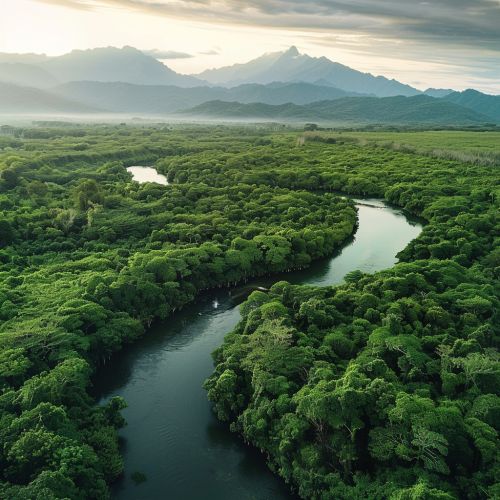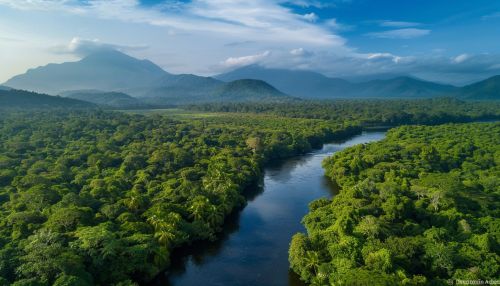Transboundary Conservation
Overview
Transboundary conservation refers to the process of preserving the integrity and diversity of natural ecosystems that cross international borders. This practice is crucial in maintaining biodiversity, promoting peace and cooperation between nations, and ensuring the sustainable use of shared resources. Transboundary conservation areas (TBCAs), also known as peace parks, are regions that straddle national boundaries and are managed cooperatively by the countries involved.


History and Development
The concept of transboundary conservation has its roots in the establishment of the first international park, the Waterton-Glacier International Peace Park, in 1932. This park, formed by the union of Canada's Waterton Lakes National Park and the United States' Glacier National Park, set a precedent for international cooperation in the field of conservation. Since then, the number of TBCAs has grown significantly, with over 200 identified worldwide by the International Union for Conservation of Nature (IUCN) as of 2007.
Types of Transboundary Conservation Areas
Transboundary conservation areas can take several forms, depending on the level of cooperation and integration between the countries involved. These include:
- Transboundary Protected Areas (TBPAs): These are formally protected sites that are contiguous across one or more international boundaries. An example is the Kgalagadi Transfrontier Park between Botswana and South Africa.
- Park for Peace: This is a specific type of TBPA that is dedicated to the promotion of peace and cooperation. The Waterton-Glacier International Peace Park is an example.
- Transboundary Conservation Landscape or Seascape: This is a larger region of conserved ecosystems, habitats, and species populations that cross one or more international boundaries. The Mesoamerican Biological Corridor is an example.
- Transboundary Migration Conservation Areas: These areas are established to protect migratory species that move across international boundaries, such as the Monarch Butterfly Biosphere Reserve in Mexico and the United States.
Benefits of Transboundary Conservation
Transboundary conservation offers several benefits, including:
- Biodiversity Conservation: TBCAs allow for the protection of larger, more ecologically viable areas, which can support a greater diversity of species and habitats.
- Promotion of Peace and Cooperation: TBCAs can serve as symbols of peace and cooperation between nations, fostering diplomatic relations and promoting regional stability.
- Sustainable Resource Management: By managing shared resources cooperatively, countries can ensure their sustainable use and prevent overexploitation.
- Cultural Preservation: TBCAs can help to preserve the cultural heritage of border communities, who often share similar traditions and lifestyles.
Challenges and Solutions
Despite its benefits, transboundary conservation also faces several challenges. These include political instability, differing national policies and legislation, lack of funding, and conflicts over resource use. However, these challenges can be addressed through international cooperation, capacity building, stakeholder engagement, and the development of joint management plans.
Future of Transboundary Conservation
The future of transboundary conservation lies in strengthening international cooperation, improving governance structures, and integrating conservation with sustainable development goals. With the increasing threats of climate change and biodiversity loss, the importance of transboundary conservation is likely to grow in the coming years.
